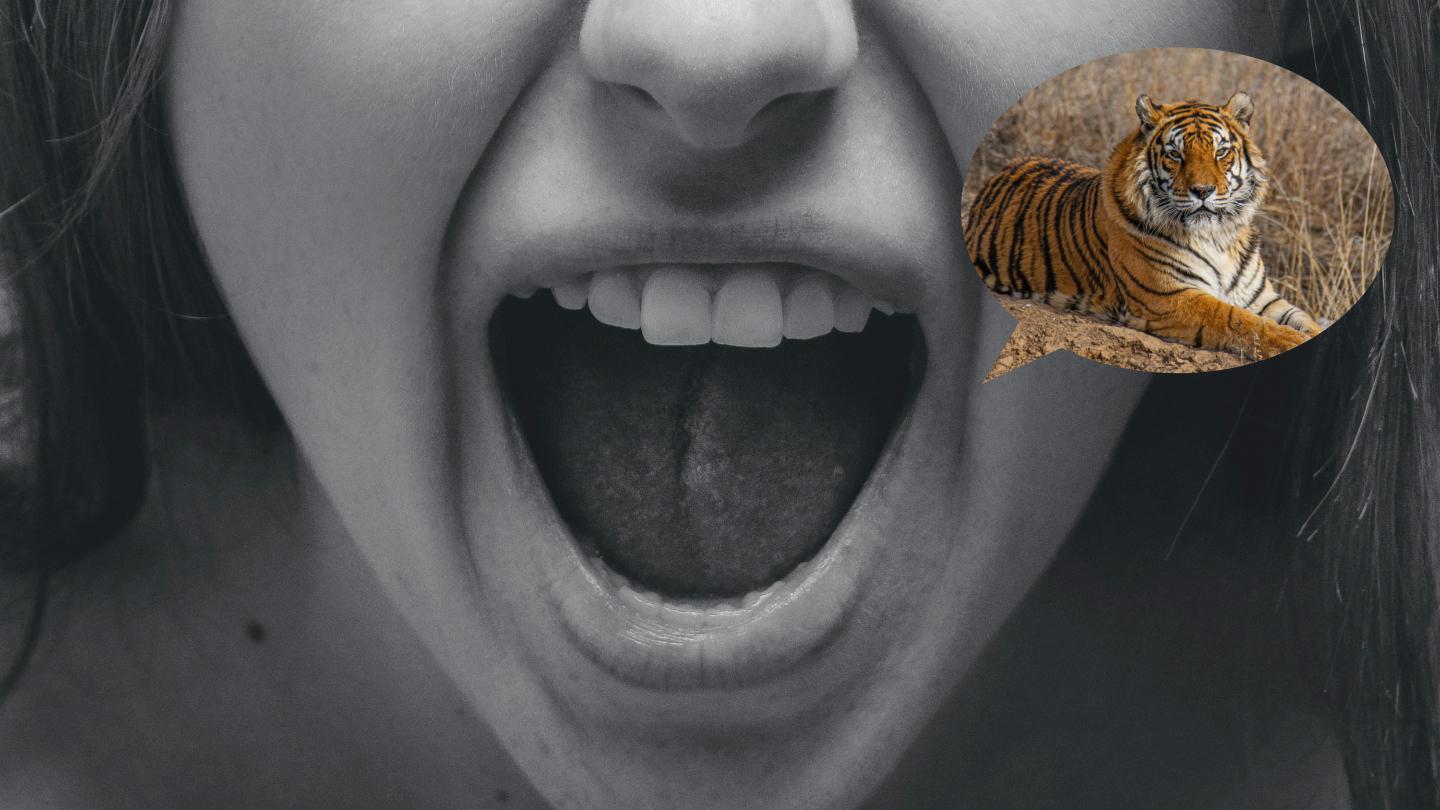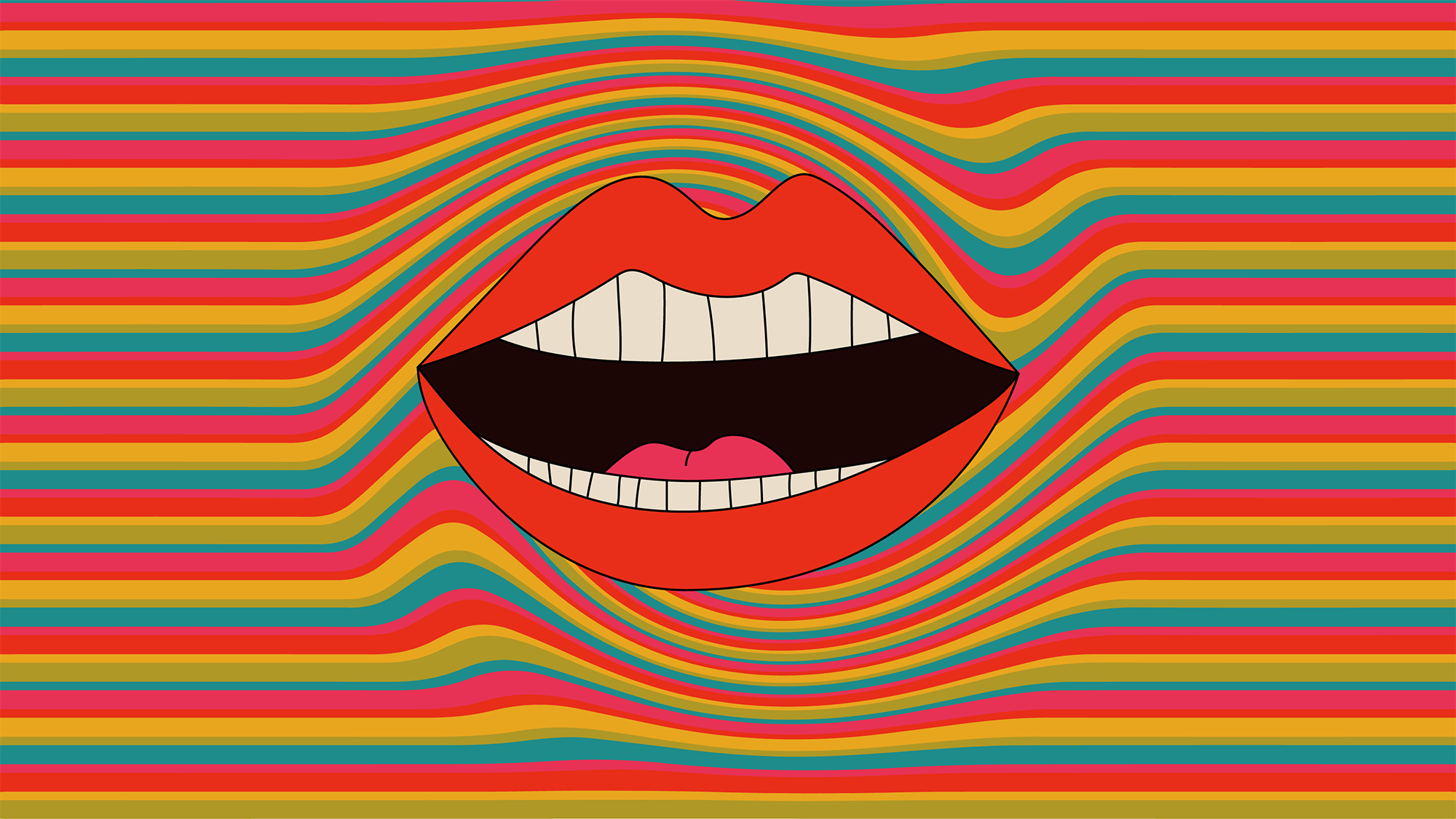The sound of swearing is universal across languages

- A recent study examined whether swear words share similar phonetic properties across different languages.
- The results found that people are generally quite good at identifying swear words when they hear them spoken in languages that they don’t speak or understand.
- The results suggest that some sounds — plosives and affricates in particular — are more suitable for profanity than others.
Some sounds are more suitable for profanity than others, and these same sounds are found in the swear words of multiple languages, according to new research published in the Psychonomic Bulletin and Review.
Previous research has shown that swearing can increase tolerance to pain, and that people who swear are more trustworthy than those who don’t, but until now there has been no study of the phonetics of profanity.
The science behind swearing
To investigate, psychologists Shiri Lev-Ari and Ryan McKay of Royal Holloway first recruited 20 fluent speakers in five languages (Hebrew, Hindi, Hungarian, Korean, and Russian) and asked them to provide a list of the most vulgar words in their language.
This produced a list of 86 swear words and phrases in Hebrew, 126 in Hindi, 68 in Hungarian, 70 in Korean, and 94 in Russian. After excluding racial slurs and variants of the same word, they were left with 34 Hebrew words and phrases, 14 in Hindi, 14 in Hungarian, 17 in Korean, and 26 in Russian.
When they compared the sounds in these words and phrases to those in other words from the same languages, they found that the swear words are characterized by a marked absence of ‘approximants’, or deep, ringing sounds such as l, r, w, and y.
The researchers then presented 215 speakers of six other languages (Arabic, Chinese, Finnish, French, German and Spanish) with pairs of real and made-up foreign words, and asked them to guess which of each pair is a swear word.
Participants were less likely to select words containing approximants as swear words. Instead, they chose words containing plosives and affricates — consonant sounds produced by the complete block of airflow, and then released quickly with friction, such as with the letters p, t, k, and d, or ch in the word chair — as being the more offensive.
For example, darn contains more approximants than its unsanitized version, damn, and was also deemed to be less offensive by non-English speakers.
The results suggest that some sounds — plosives and affricates in particular — are more suitable for profanity than others. This may be because they sound more abrasive or aggressive than other sounds, and so make language harsher when used.
More generally, the results suggest that sound symbolism, or the resemblance between speech sounds and their meaning, is common in many world languages — at least where swearing is concerned.
Thus, there appear to be universal patterns in profanity, with swear words in multiple world languages having a higher proportion of some sounds than others.





